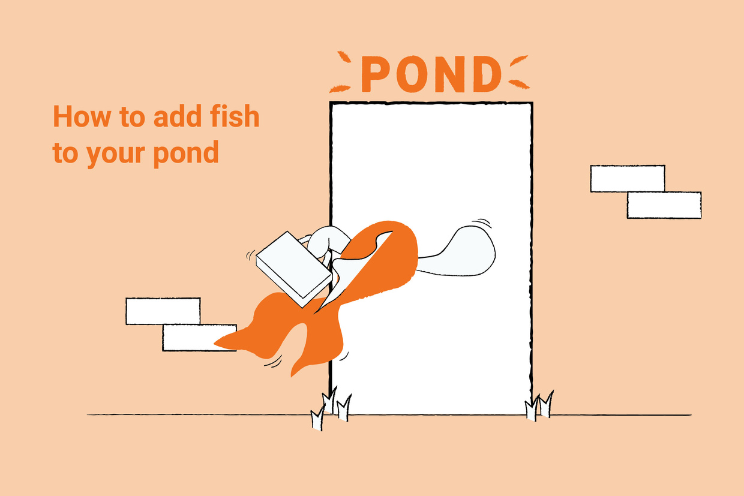When constructing the goldfish pond, you need to choose what size you want the pond to be.
There are certain size constraints you should definitely abide by, such as depth of at least 3ft to prevent freezing and having a large surface area to provide better gaseous exchange within the water body.
However, the length and width can vary depending on a few things, these include:
- Amount of goldfish
- Filtration size
- Cost of running and setting up
- What breeds of goldfish you want to keep
- Maintenance
The volume of water is just as important as the space provided for your goldfish, as the amount of water a pond can hold contributes to its water quality.
A pond with a relatively low volume of water means that it will become polluted with nitrogenous waste much faster.
Contrary to what some may think, more water actually means less maintenance not more, as it takes much longer for water quality to deteriorate in a larger volume.
This makes calculating the volume of water in your pond important in deciding how many fish you want to keep, as more fish means more food, more waste and more ammonia.
Read more






